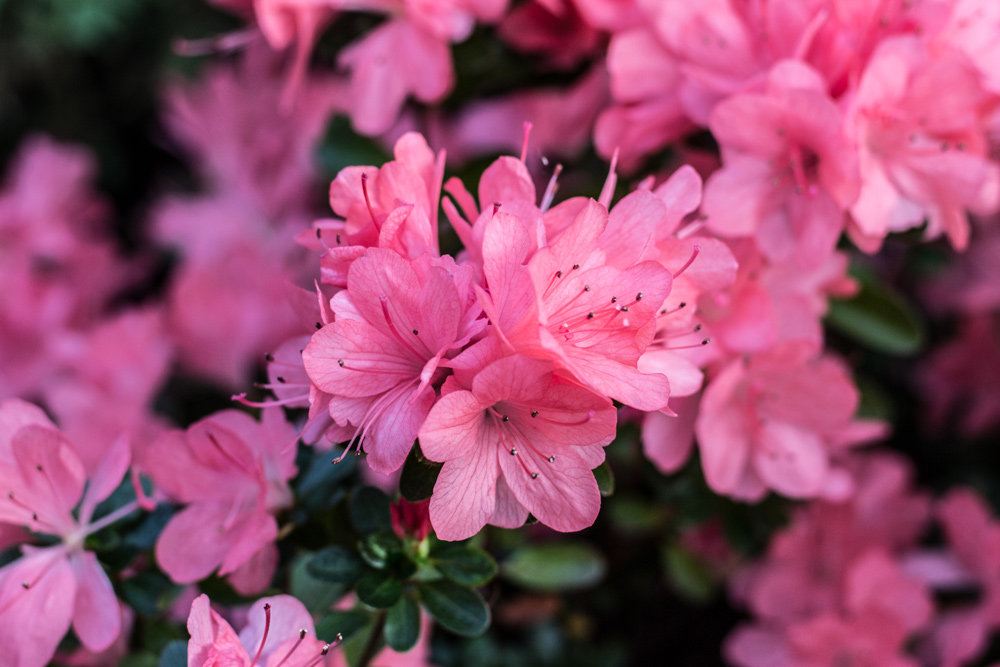An Azalea Pot Helps this Native Japanese Plant to Thrive

The azalea plants you’re cultivating in an azalea pot were first grown by Buddhist monks way back in 1680 in Holland. But these sweet-scented shrubs, native to the hillsides of Japan, eventually gained popularity in greenhouses across France, England, Belgium, and even Germany.
The North American region is home to some 26 native varieties of azalea plants, with the first hybrid azaleas planted in Charleston, South Carolina back in 1848. They’ve been incredibly popular ever since.
What you might not know about the plant growing in your azalea pot is that it’s actually a type of rhododendron, and some close relatives include heather, and quite surprisingly, the blueberry plant.
They’ve been known to be sensitive plants, especially when it comes to ethylene gas. Growers noticed that when an azalea pot was planted near ripening fruit, the buds, flowers, and leaves began to drop from the plant.
According to Gardening Know How, “Ethylene gas in fruits and vegetables is actually a plant hormone which regulates the plant’s growth and development as well as the speed at which these occur, such as hormones do in humans or animals. Ethylene gas was first discovered about 100 years ago when a student noticed that trees growing near gas street lamps were dropping leaves more rapidly (abscising) than those planted at a distance from the lamps.”
As a shallow-rooted plant, azaleas can be damaged by excessive soil moisture. Overwatering should be avoided so the plant is not lacking the vital oxygen it needs for healthy growth while escaping root diseases.
Therefore, it’s imperative your newly cultivated azalea plants have an azalea pot which takes this into consideration. One with multiple levels of drainage and water mat compatibility. HC’s 6 and 6.5 inch azalea pots feature such drainage, as well as being automation-friendly with tag slots for easy merchandising.
According to the University of Illinois Extension, “A hole at the bottom of the container is critical. It allows water in the soil to drain freely so adequate air is available for the roots. While various kinds of plants have different drainage needs, few can tolerate sitting in stagnate water. Healthy roots mean healthier plants.”


 Find the Perfect Planter
Find the Perfect Planter